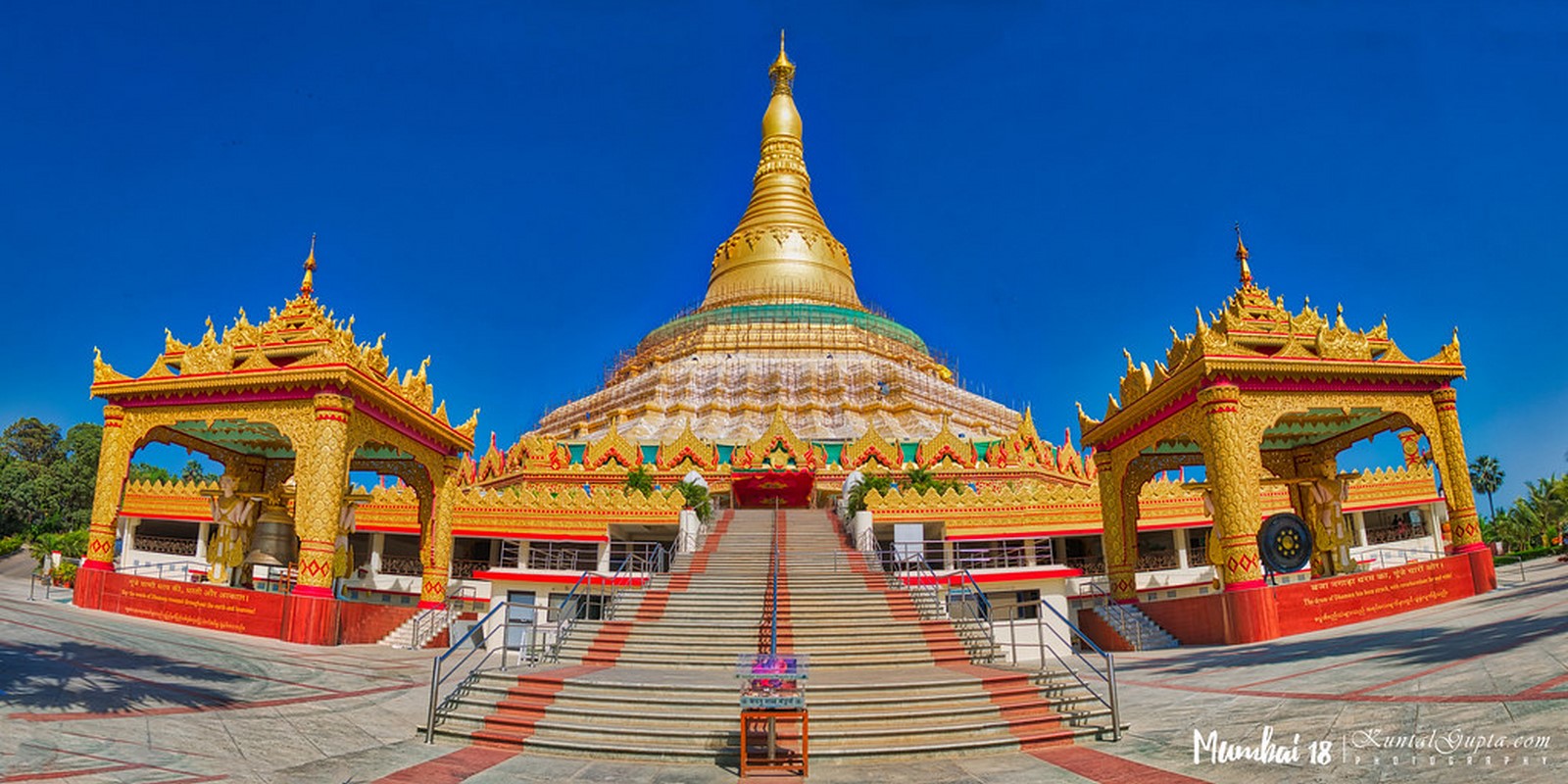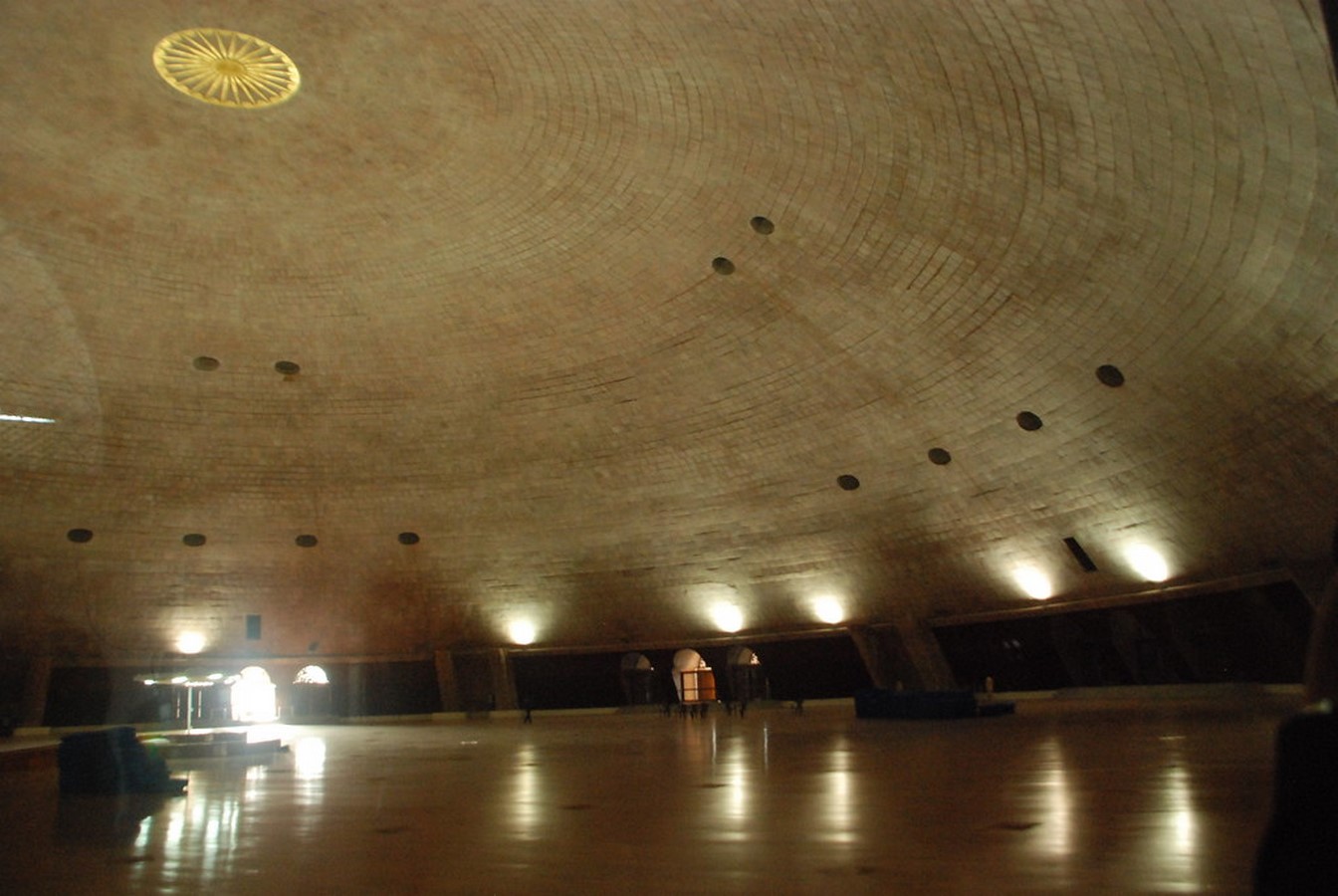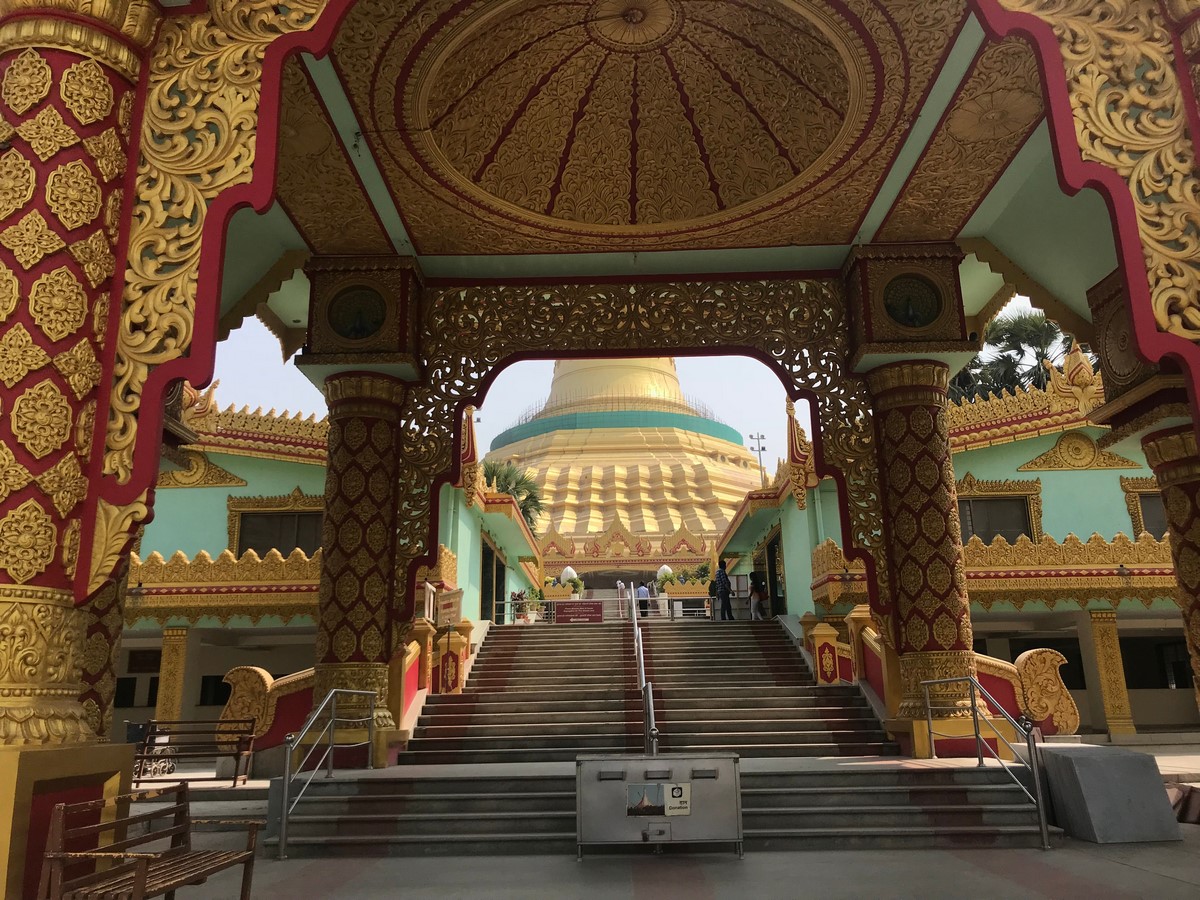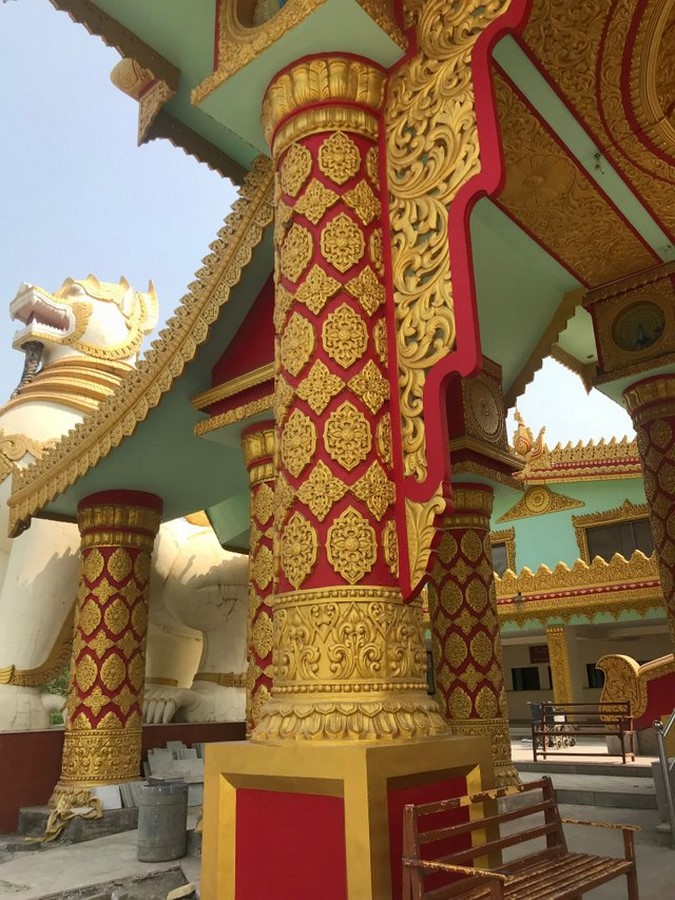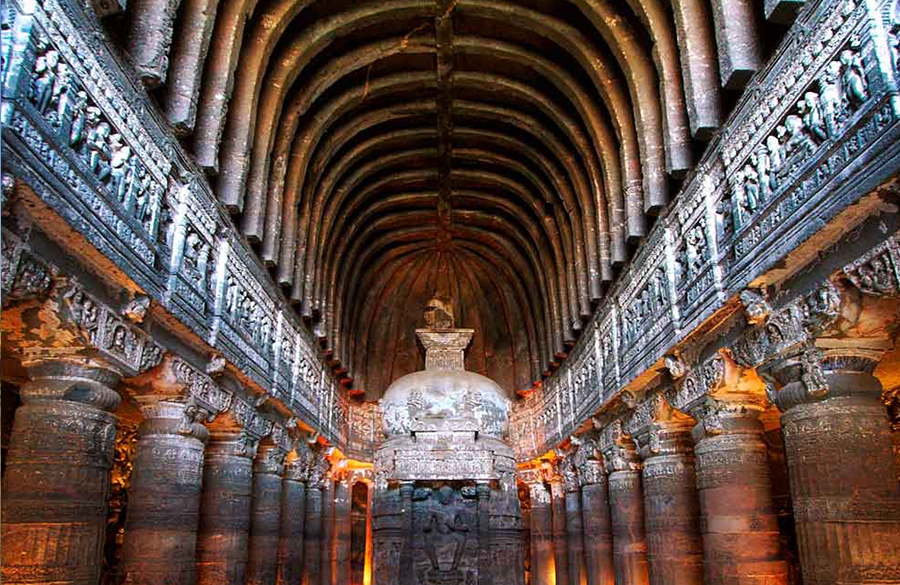From the birth of Hindu cave temples to the sweeping buildings speaking art; the state of Maharashtra has not only seen it all, but it also depicts them all. All that came, conquered, and built; Rulers, eras, people, everyone came and went, building heritage layer by layer only leaving the timelessness as a common denominator.
The grandeur of the built, thoughtful courtyard-based planning, ornamenting the important spaces, precise details on pillars and entryways, walls speaking the art, and flawless execution leaves us spell-bound even today!
Here is a list of recognized and well-preserved world heritage sites of the state of Maharashtra.
AJANTA CAVES
Reflecting the Buddhist spirituality of creators, 30 caves at Ajanta lie in the Indhyadri range of Western Ghats are located to the north of Aurangabad district of Maharashtra. A 76m high horseshoe-shaped escarpment overlooking the Waghora River, traces the entire course of the evolution of Buddhist Architecture.
In ancient times, each cave was accessed independently from the riverfront and was used as a refuge by monks in monsoons. The monastic caves are of 2 basic designs, highly ornamented and grand chaityas (worship halls) and courtyard-based planned viharas (residential quarters for monks).
The followers of Lord Buddha had embellished these caves with intricate architectural details using a skilled command of hammer and chisel, sculptures of the highest craftsmanship, and above all paintings of infinite charm.
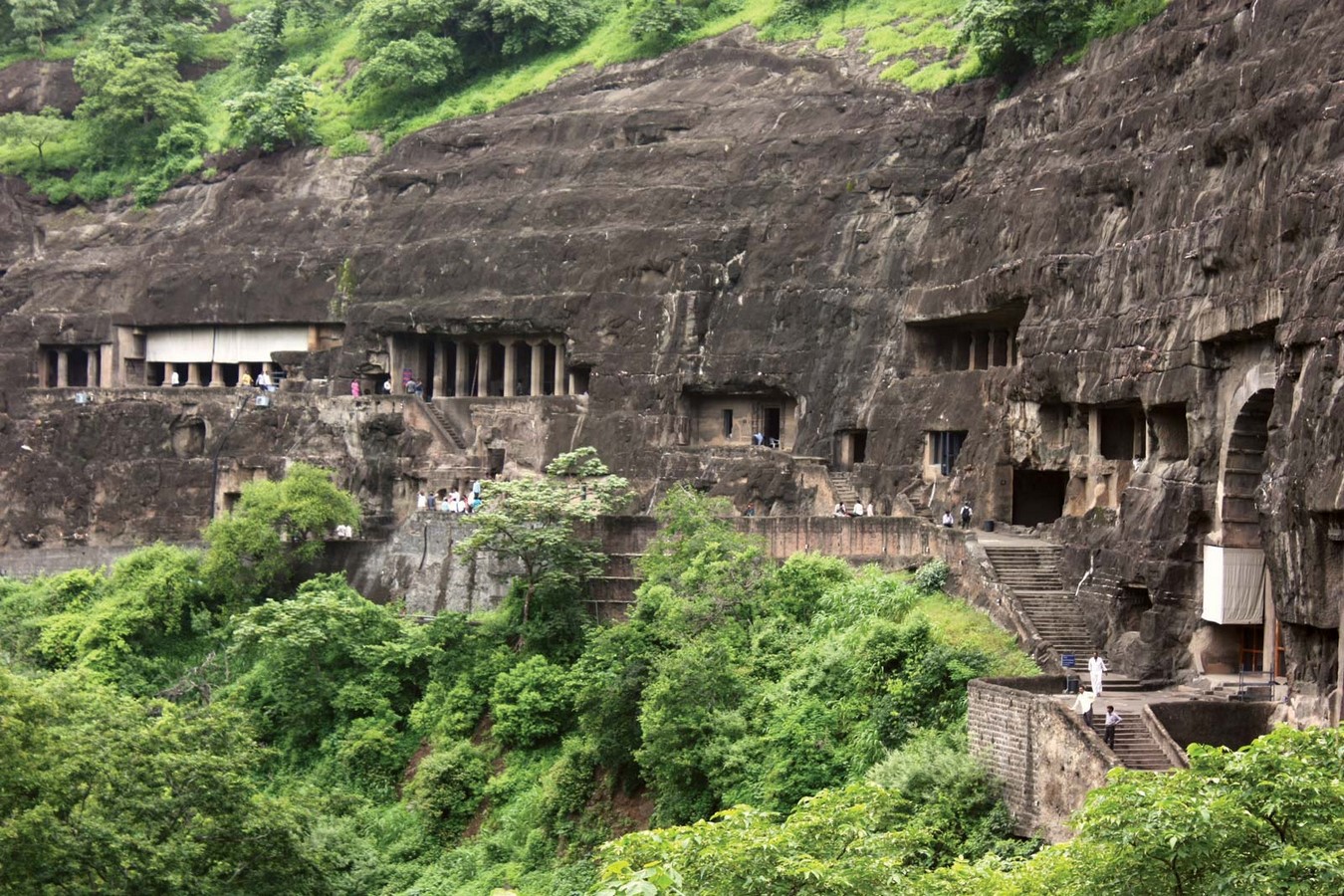
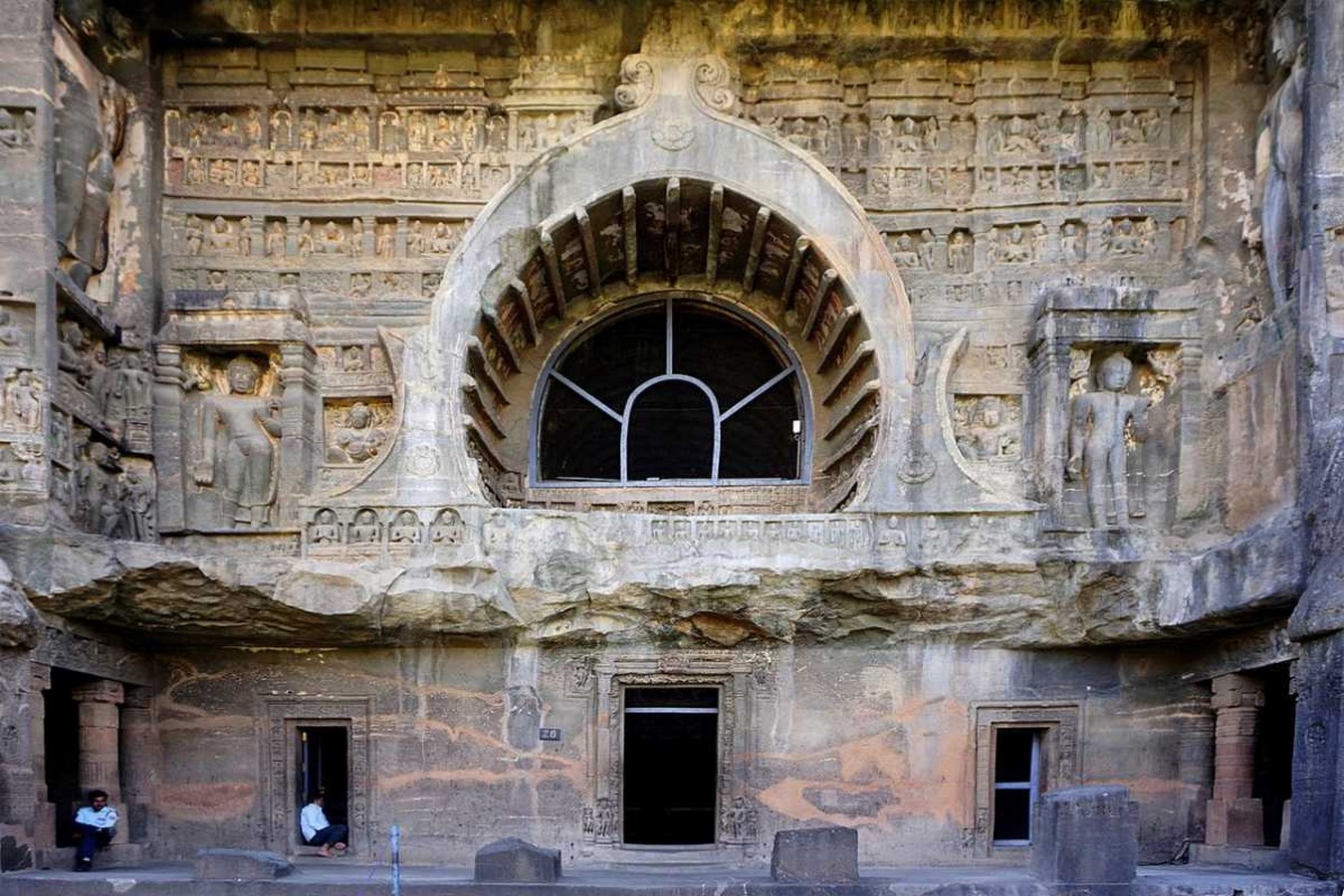
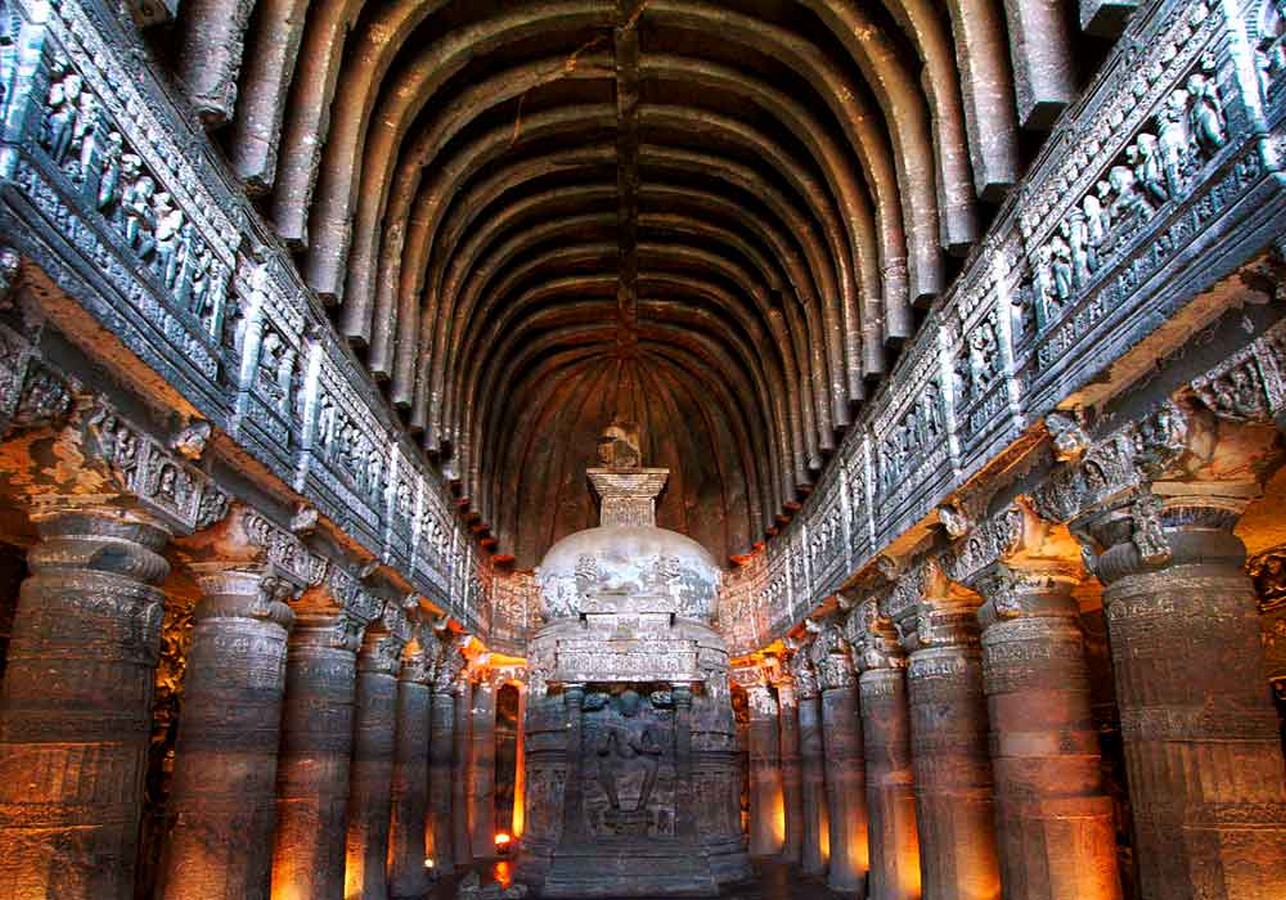
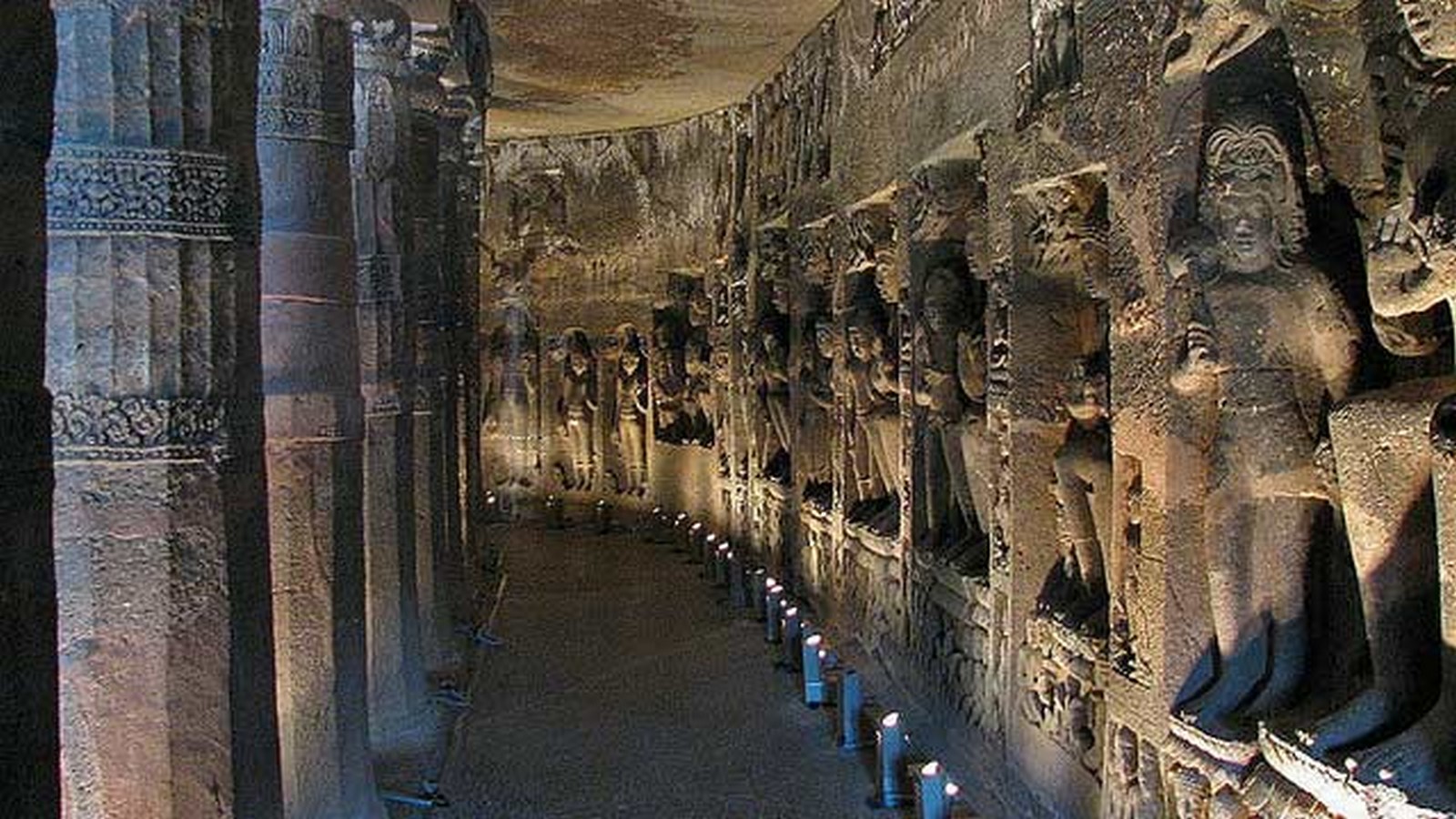
ELLORA CAVES
Intricately carved out of a solid rock of vertical basalt phase of Nandi Hills, 34 cave temples were inhabited 20,000 years ago. The absolute magnificent, massive scale of the Ellora caves houses a complex of cloisters, walkways and auxiliary shrines.
Unlike Ajanta, Ellora caves go beyond the chronological categorization and doesn’t confine itself to Buddhist caves, it has Hindu and Jain temples as well indicating religious tolerance and the solidarity of different faiths during time. The Hindu caves of Brahmanical temples dominate Ellora – 17 in number, 12 are Buddhist caves and 5 Jain shrines.
Architecture of these caves grew progressively and sophisticated. Though the paintings of Ellora have faded away and are lost to posterity – about 5 of its caves have nurtured its artworks. The relationship between art, religion and commerce comes alive in these caves.
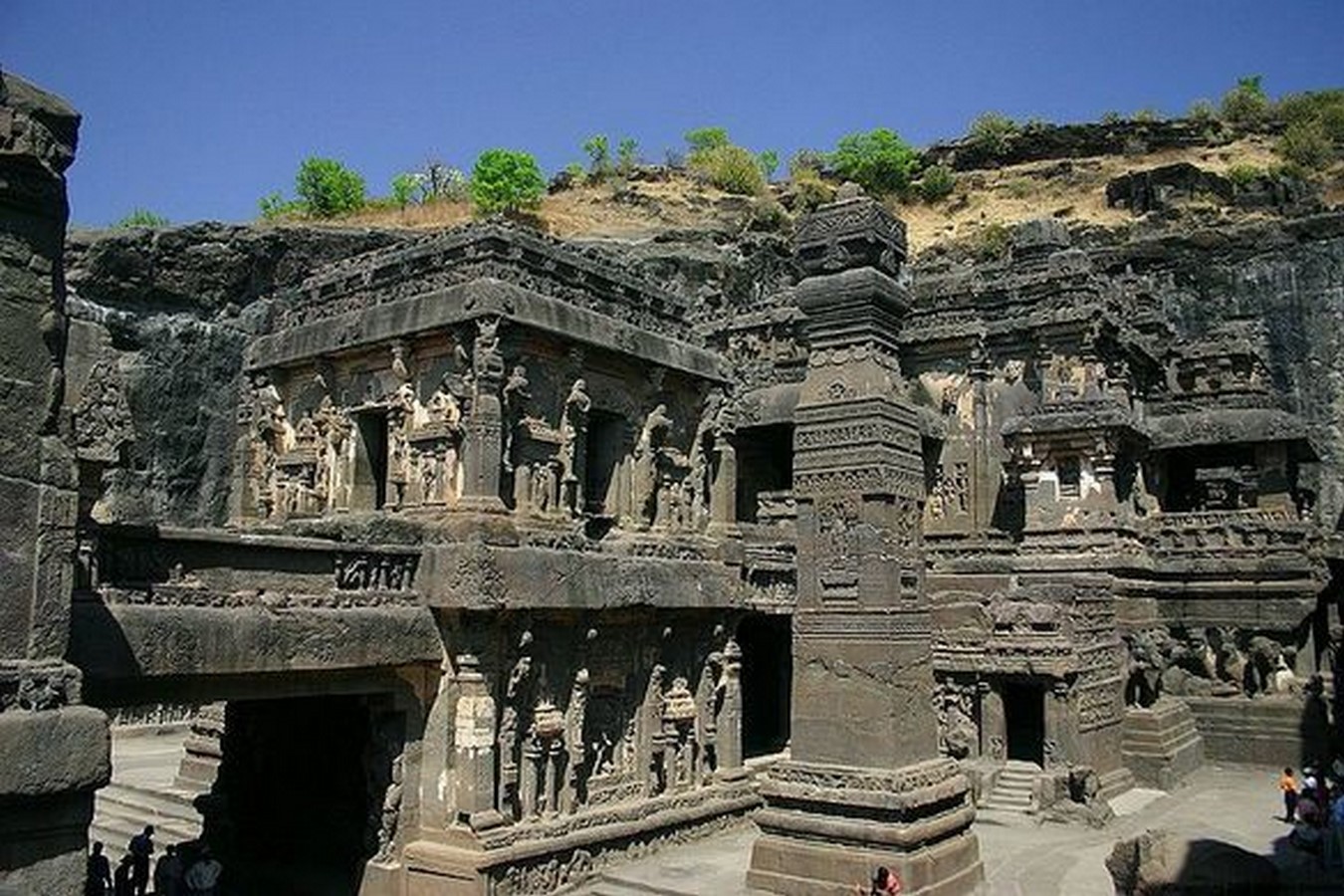

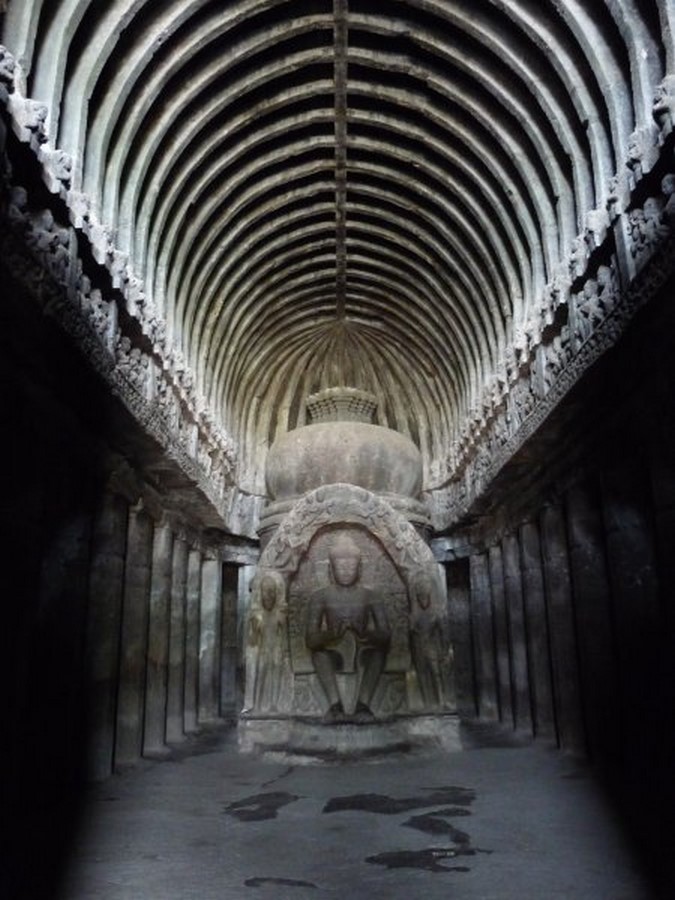
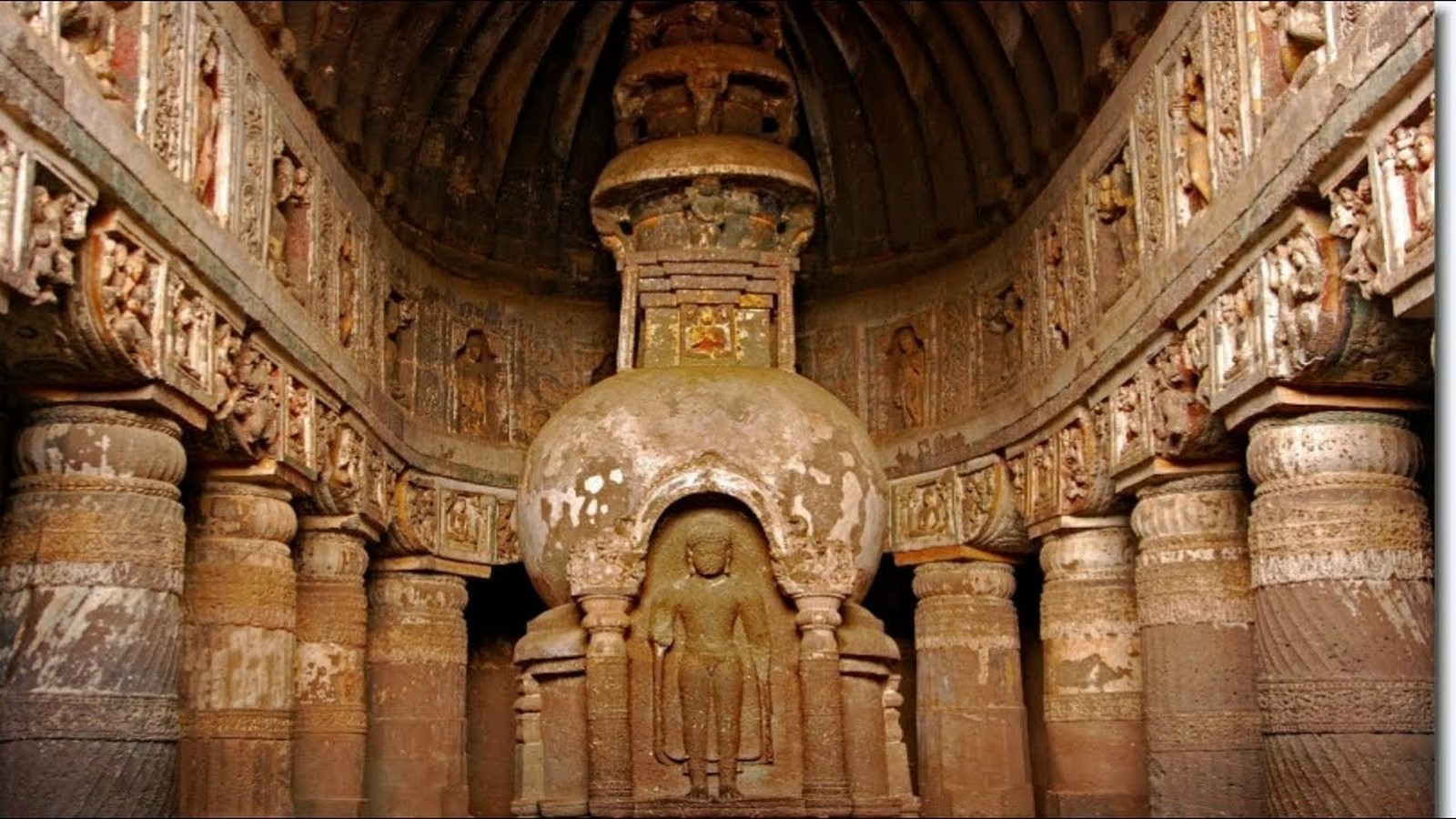
KAILASHA TEMPLE
The highest point of sophistication of Ellora caves can be found in cave 16, the monolithic Hindu temple of Kailasha. It was designed to resemble Mount Kailash – the abode of Lord Shiva. Initially, it was even covered with thick, white-colored plaster, to resemble the sacred icy Kailash mountain in Tibet.
Technically, the temple is sculpted out of a single rock scaling 2 times larger than Parthenon in Athens. The temple starts with a high entrance gate, a gopuram, then opens to a courtyard with 3-storeys high columned galleries. The giant mandapa is held by numerous life-sized elephants – also carved out from an original rock.
Adjoining the mandapa comes, the last structure inside the courtyard – the Shiva temple. It is formed like a pyramid, resembling the south Indian temples. Such grandeur assures us the requirement of extremely good planning and precise execution of the work.
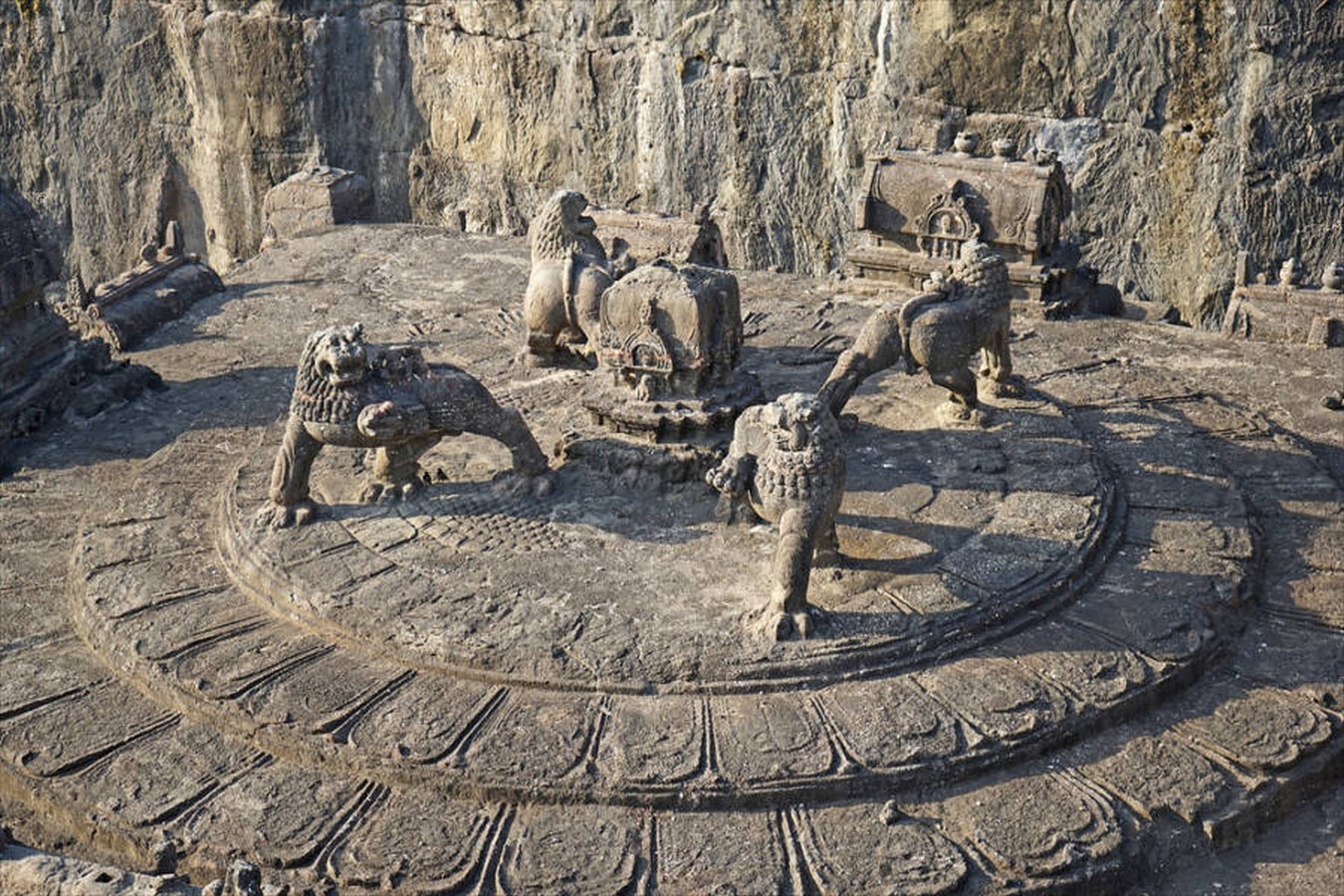
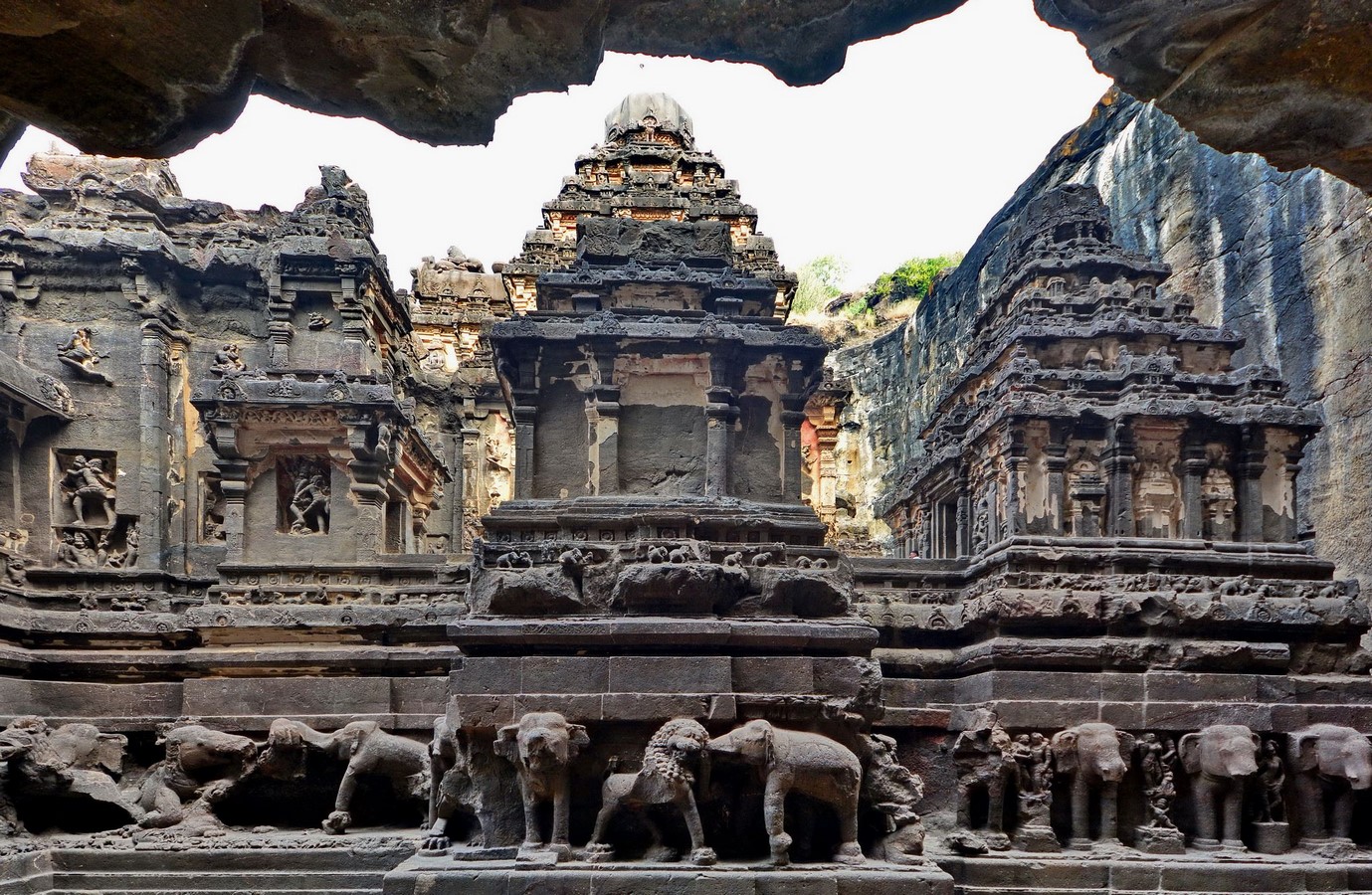
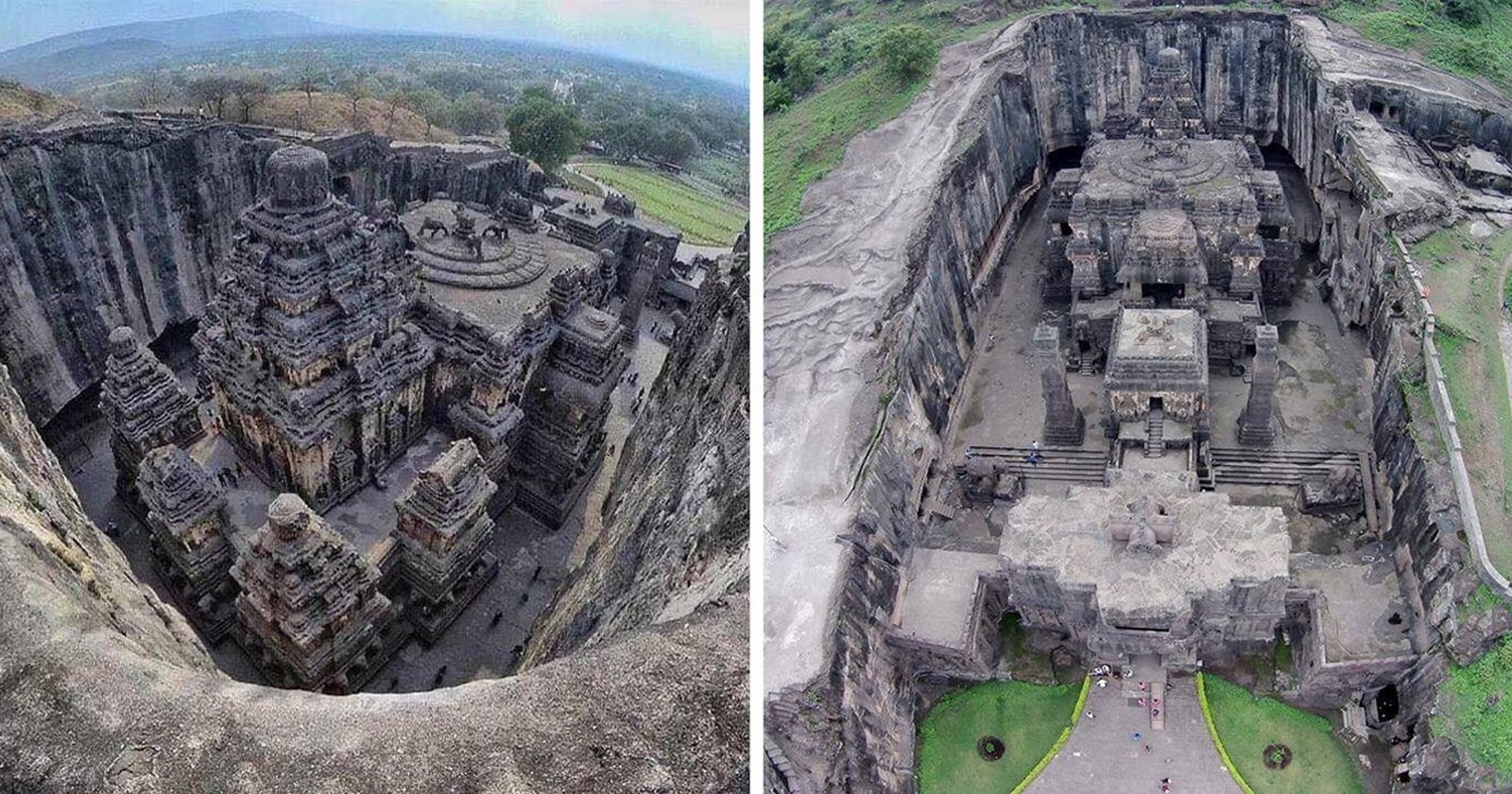
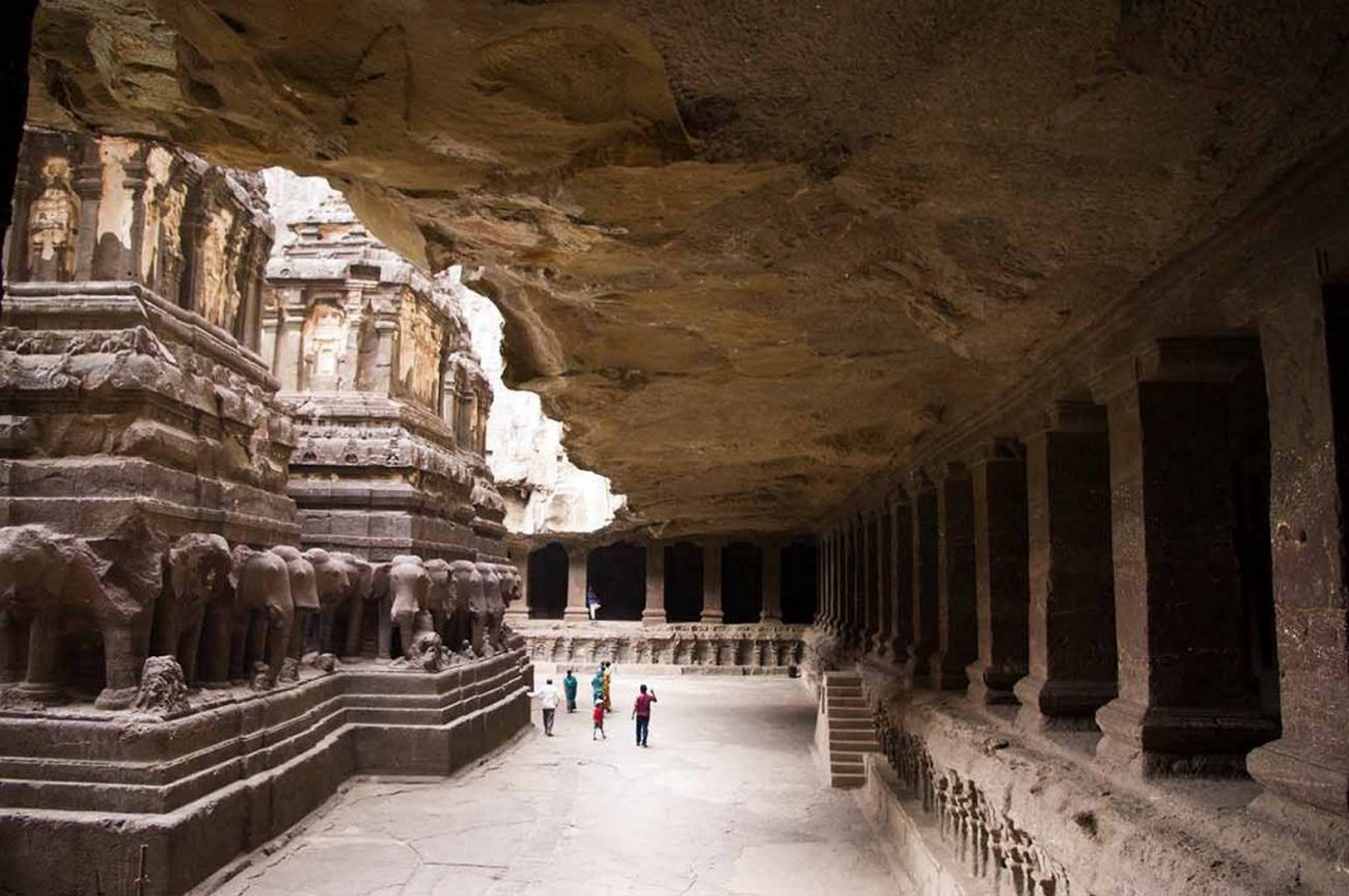
ELEPHANTA CAVES
These rock-cut caves are on Elephanta Island, 10 Km East of Mumbai in Mumbai Harbour and were constructed in mid-5th and 6th century AD. Hindu spiritualistic belief and symbology are finely utilized in the overall planning of the caves. The layout of these caves includes pillar components, the placement and division of caves into different parts.
The provision of a sanctum or garbhagriha of sarvatobhadra plan, are important developments in rock-cut architecture. The most important cave is cave number 1 and it measures 39mt from the front entrance to the back. A 7mt high masterpiece “sadashiva” dominates the entrance to this cave.
Elephanta caves emerged from a long artistic tradition, but demonstrate refreshing innovation and are noteworthy for its forms, dimensions, themes, representations, content alignment, and execution.
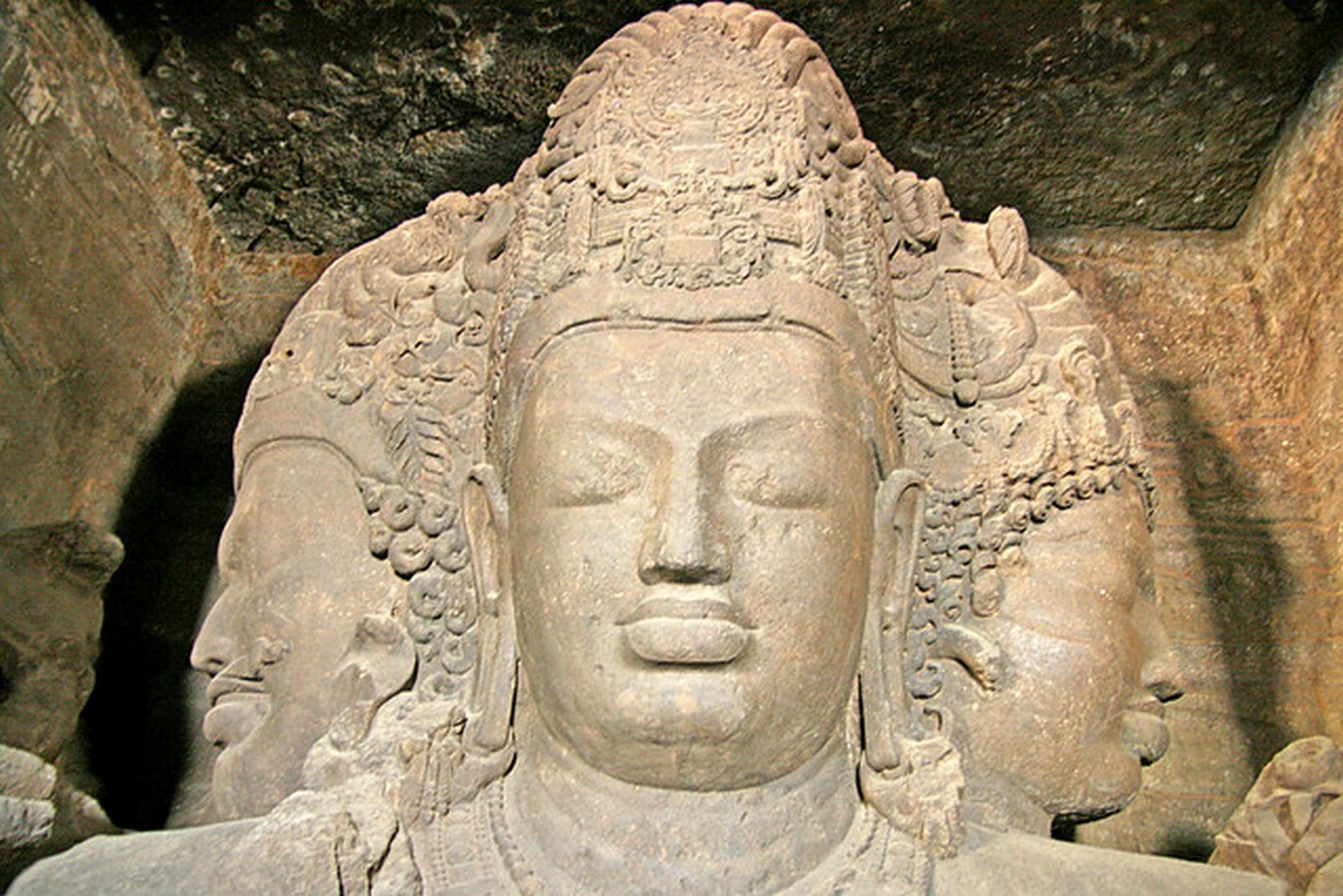
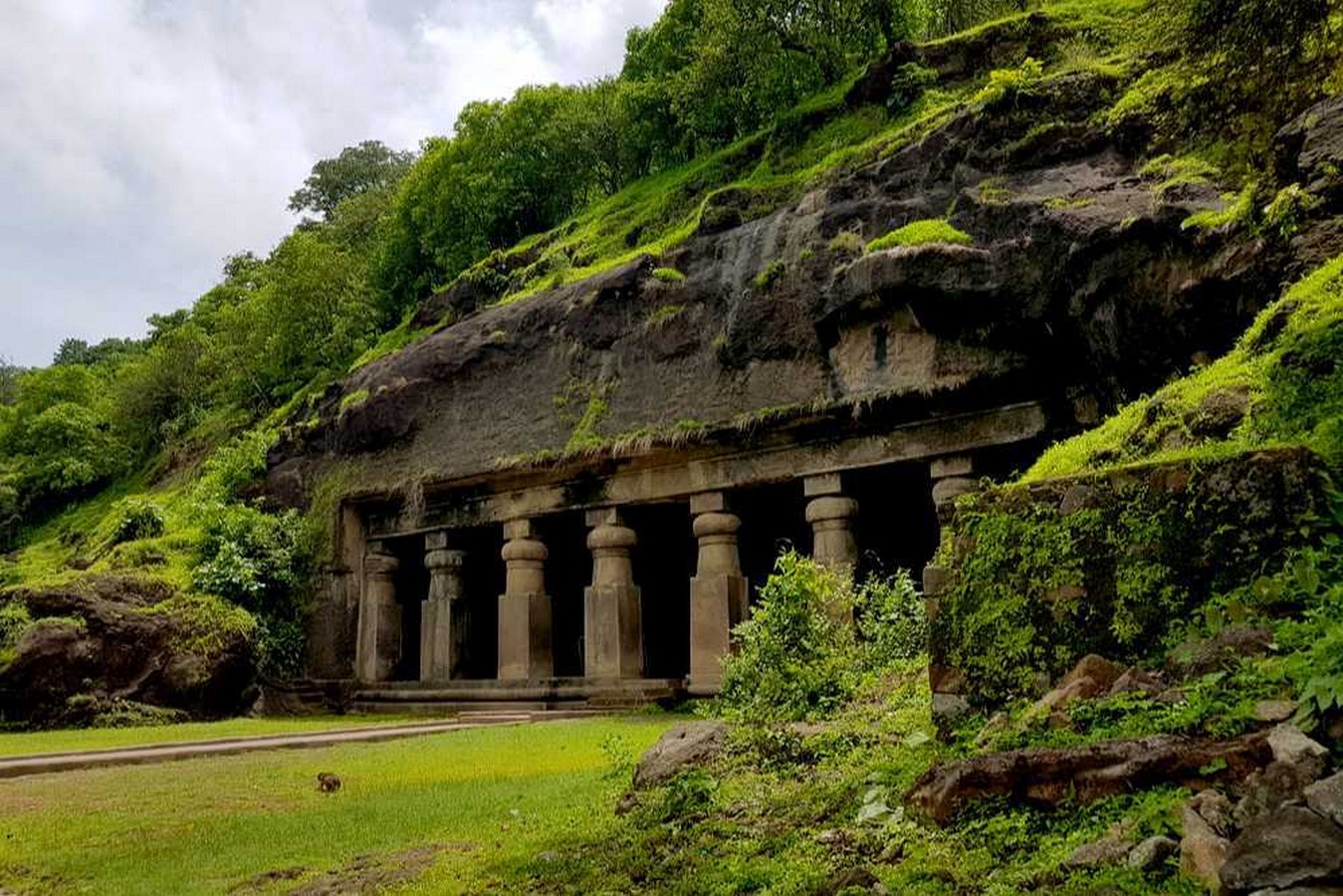
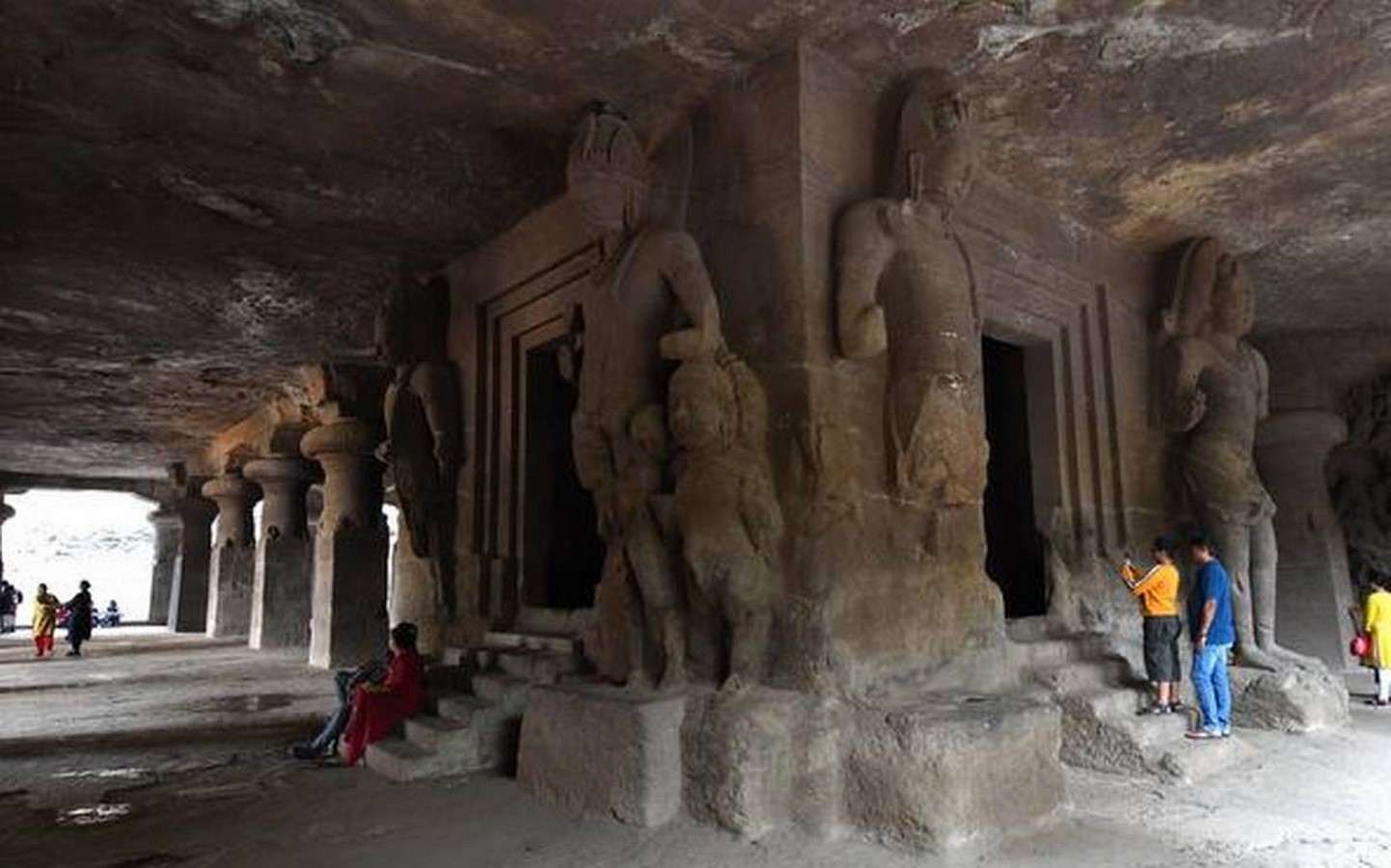
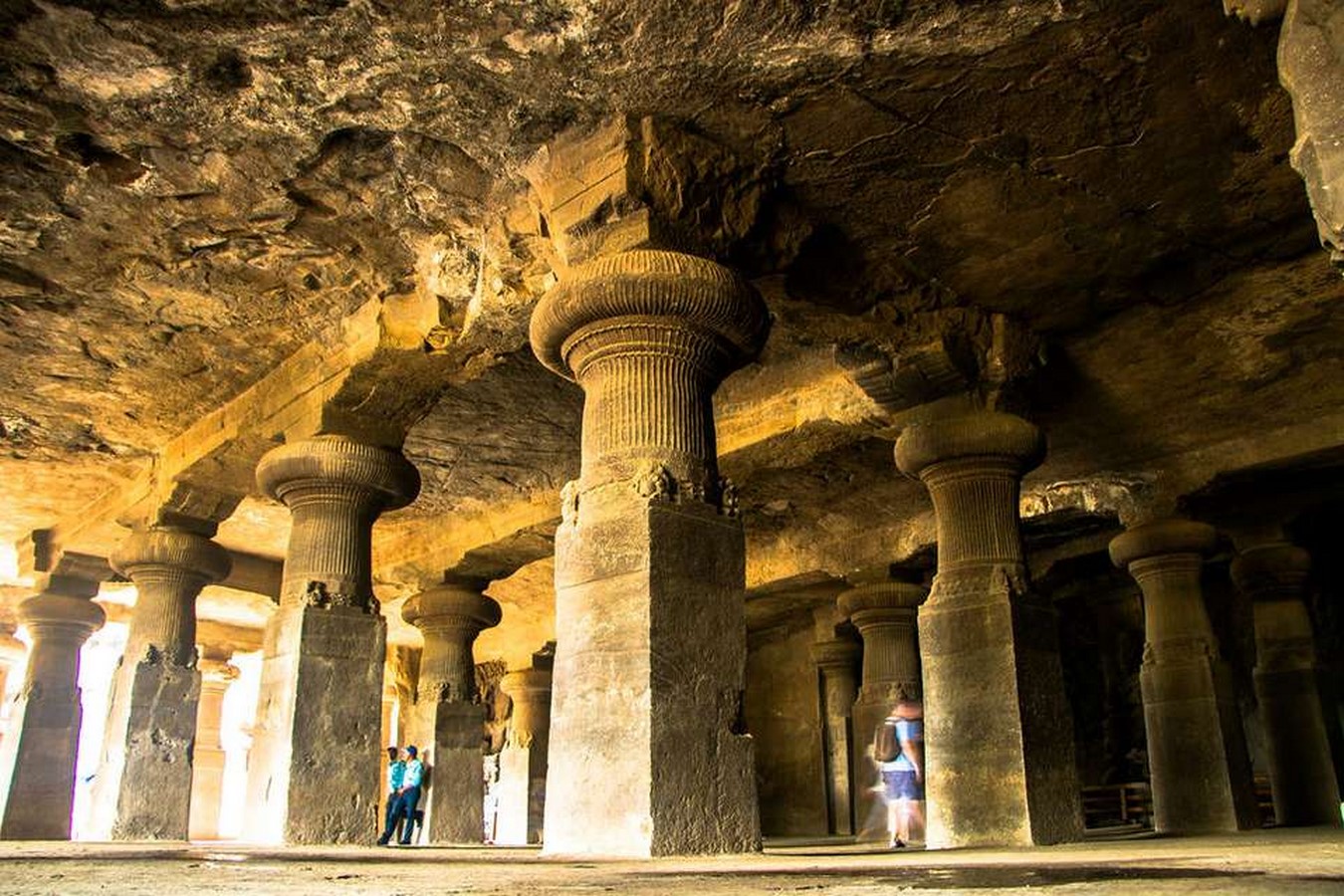
CHHATRAPATI SHIVAJI TERMINUS
Built by the British in the Victorian Era, the terminus talks history to 3 million commuters each day in Mumbai. In ancient times, Mumbai being a prime port location, CST was used as a collection point for all kinds of goods from across India.
Its remarkable stone dome, turrets, pointed arches and eccentric ground plan are close to traditional Indian palace architecture. It is an outstanding example of the meeting of two cultures, as British architects worked with Indian craftsmen to include Indian architectural tradition, thus, forging a new style unique to the city.
A statue of progress stands on top, the busts of directors of the railway company (at the time of its construction) are on the walls, and a statue of a British Lion and an Indian Tiger guard the entrance. Once a symbol of colonial power, the terminus is now the hub for this fast-growing and lively city.
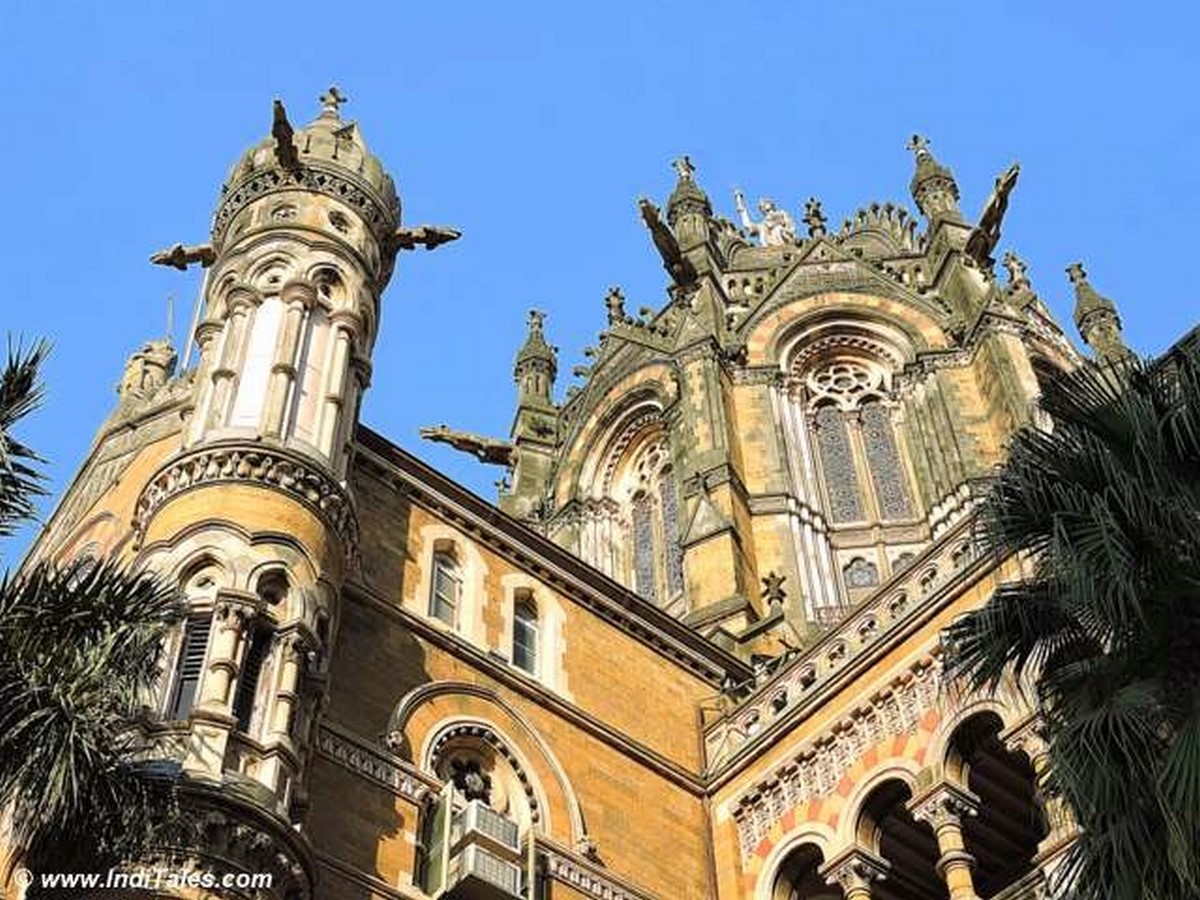
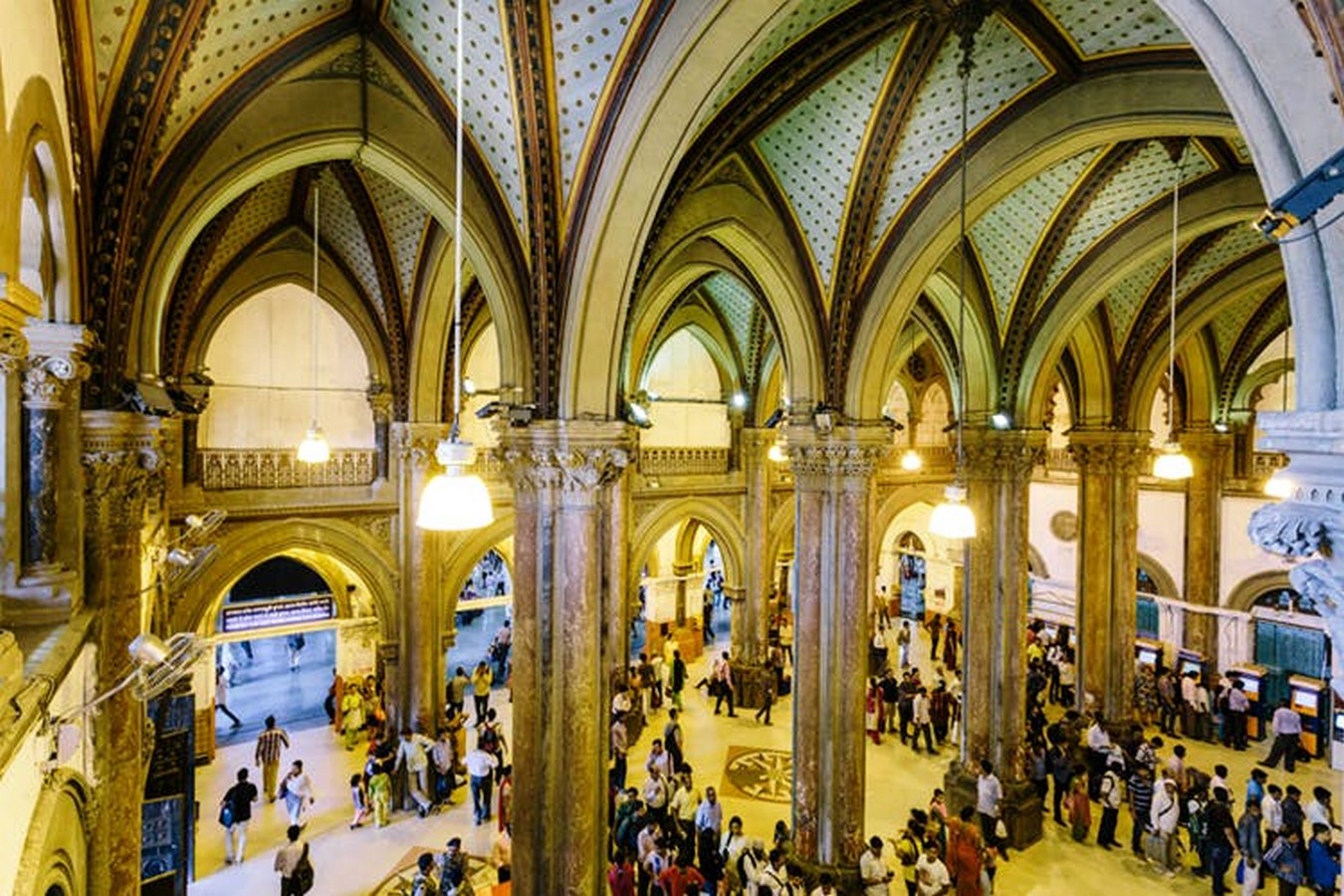
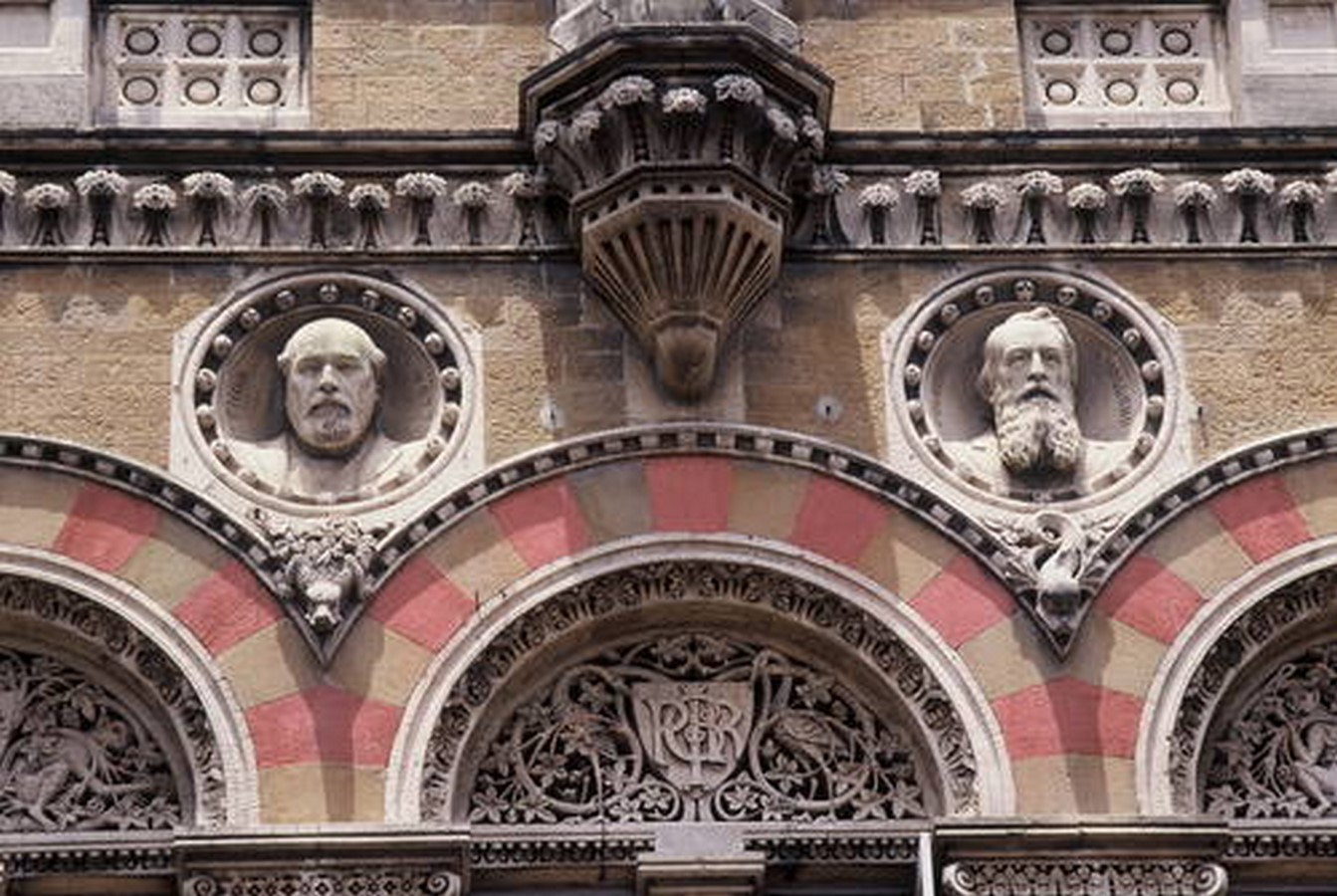
THE VICTORIAN GOTHIC AND ART DECO ENSEMBLE OF MUMBAI
The greatest dialogue of 19th century Victorian, and 20th century Art Deco in Asia – the ensemble of Mumbai, is the first completely citizen-initiated and citizen-driven World Heritage site in India. The buildings were built in the British era but were funded by Indians. Bombay High Court is one of the largest, most impressive Gothic buildings in the precinct.
The enveloping verandahs adapted for cross ventilation were much needed for tropical climates. Animal and floral imagery compliments the structure that demands discipline and respect. Mumbai University is one of the finest examples of Victorian gothic architecture and the architecture interface of this building was particularly Indian. CSVM is an assimilation of 2 styles known as Indo-Saracenic (Islamic + European).
The design of the dome draws its inspiration from Gol Gumbaz, Bijapur depicting strong Indo-Islamic motives from the sultanate period. The sweep of art deco buildings at marine drive became a symbol of India’s modern age. The uniformity in the buildings’ height and symmetrical features created harmony and, actually gave people an opportunity to reside in art. A 22-acre Oval Maidan becomes the central focus of this heritage site.
On its eastern arm, stretches the Victorian gothic and on the western arm stretch of art deco, unifying a whole thrilling living heritage.
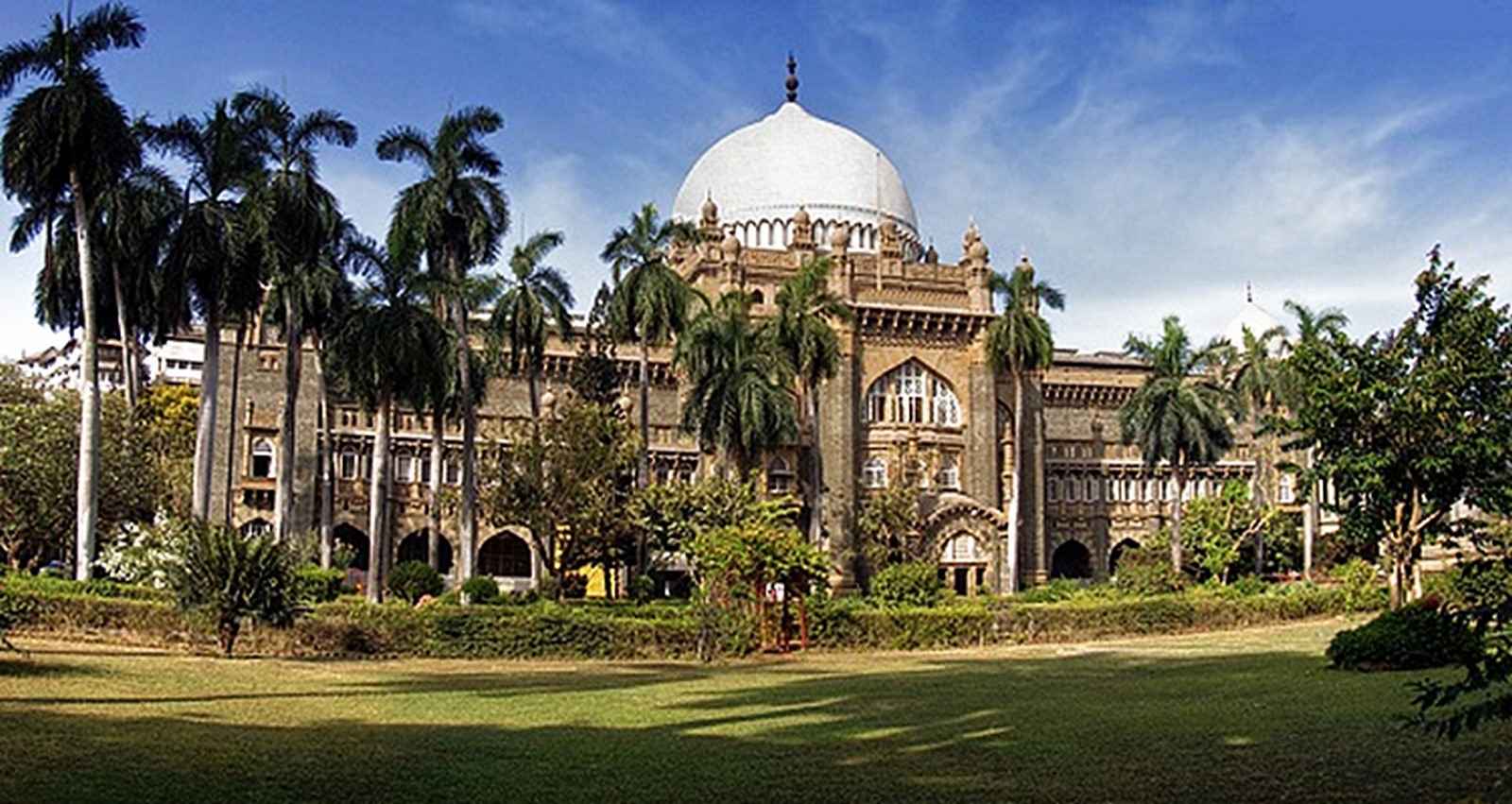
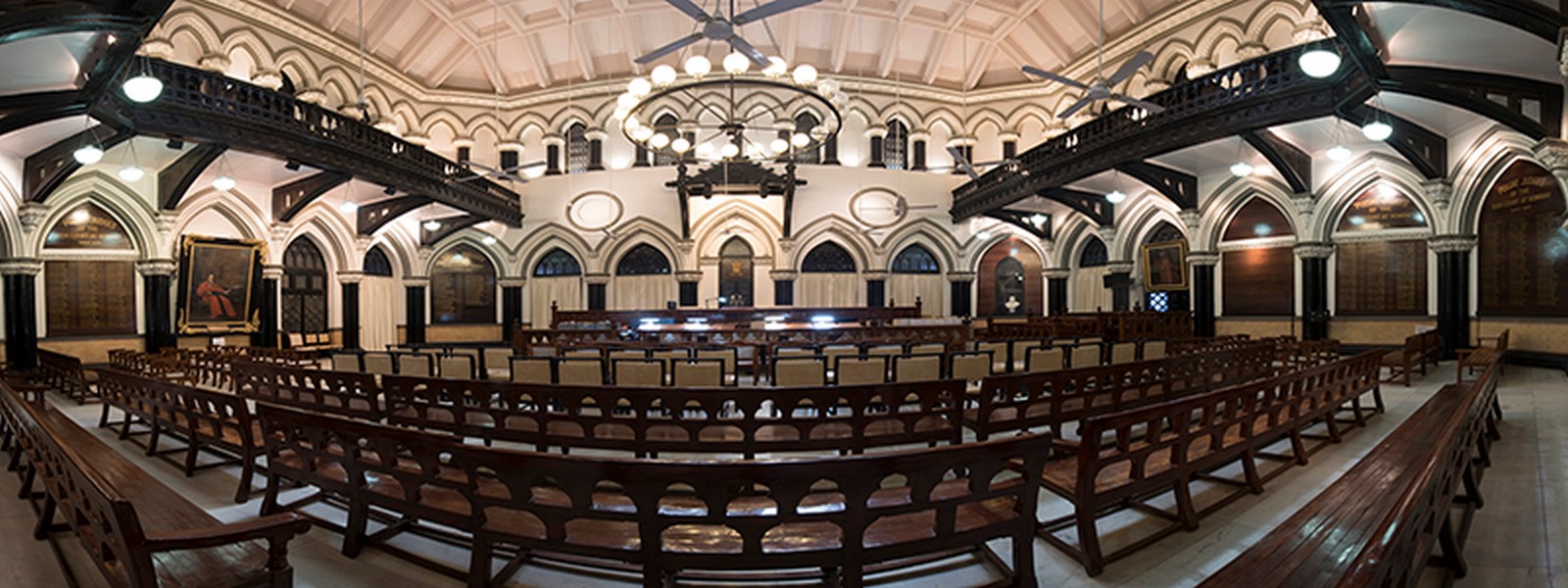
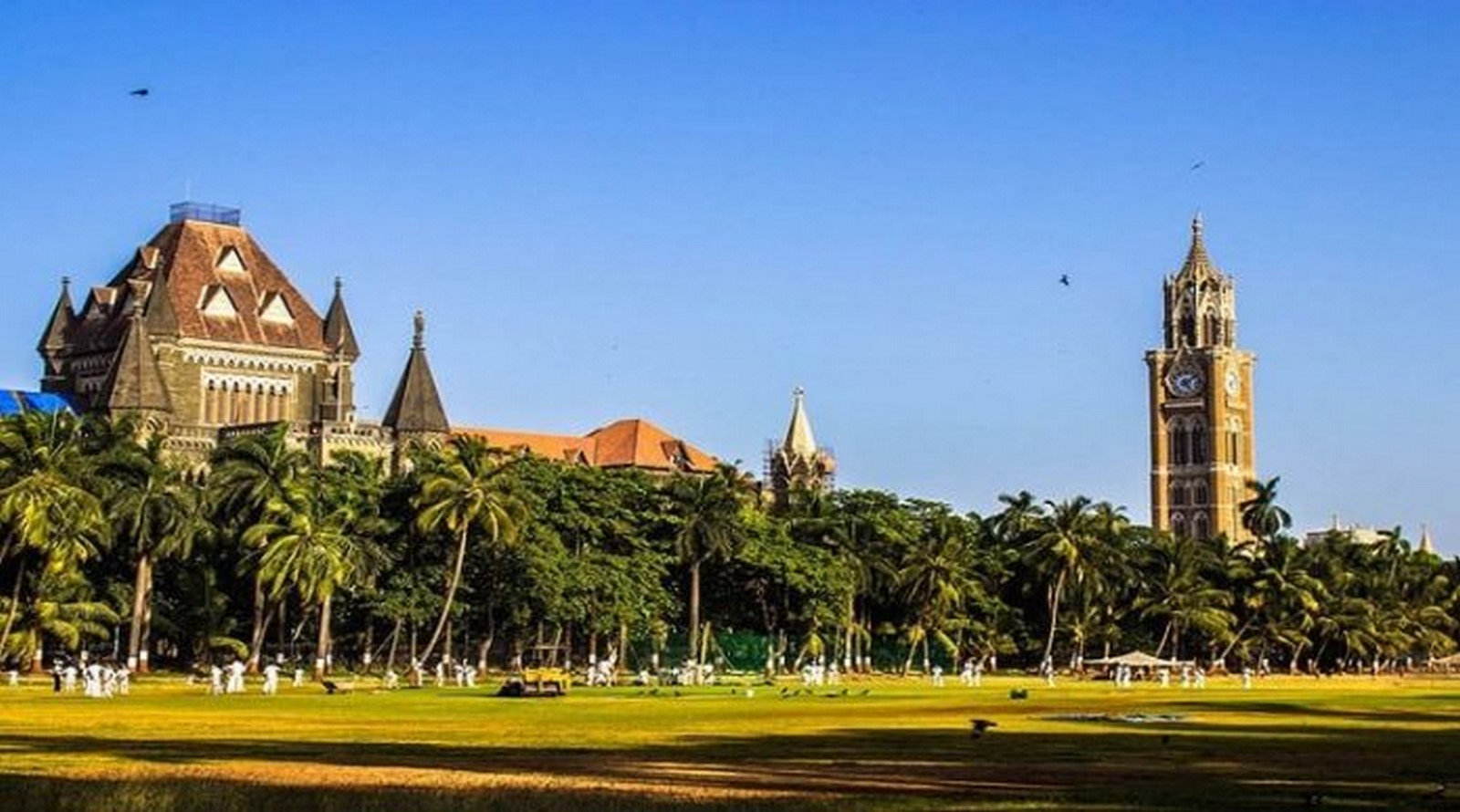
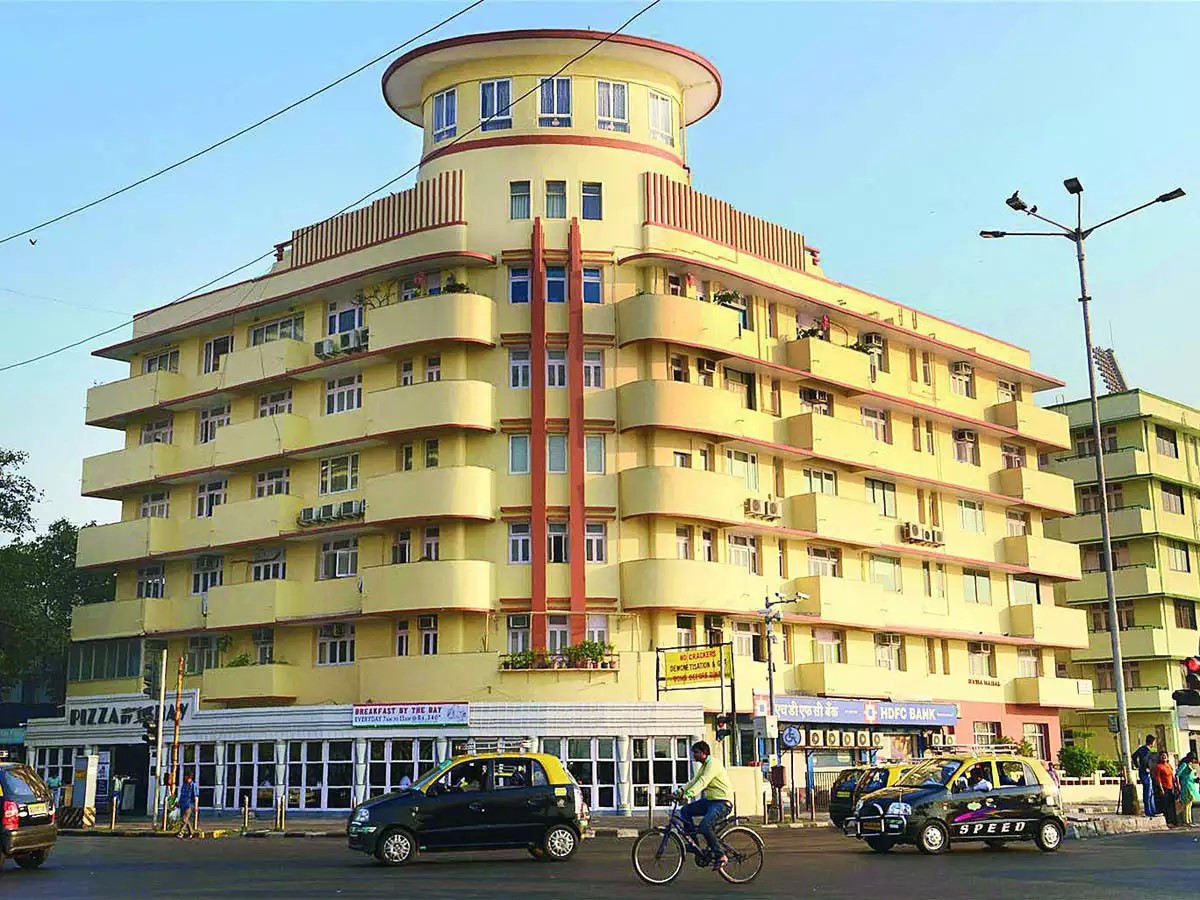
GLOBAL VIPASSANA PAGODA
This golden-colored conical structure along the Gorai creek has certainly taken an iconic image landmarking the Global Vipassana Pagoda in Mumbai. The pagoda consists of 3 sub-domes, with one having 280 ft. diameter, 6000sq mt. of area, and has a large meditation hall that can house 8000 people at one time.
This pillarless dome is of such a magnitude that is marvelous when one thinks of thousands of stones without any temporary support during construction. Suspended over our heads, the stones are locked into place by the interlocking principle of one stone gripping another in ring form.
